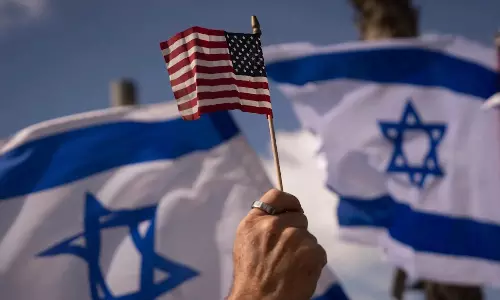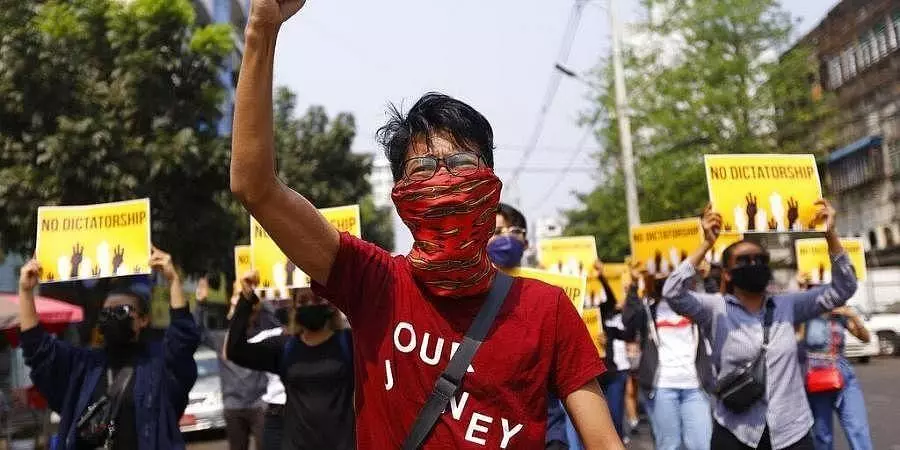
Mizoram Home Minister said '30,401 people from Myanmar took refuge in state after 2021 coup
text_fieldsAizawl: State Home Minister Lalchamliana has informed the Mizoram assembly that a total of 30,401 persons from Myanmar have crossed the international border and sought asylum in the state since the neighbouring country's military overthrew Aung San Suu Kyi's democratic administration in February of last year.
According to reports sent by district deputy commissioners to the home department on August 20, of the 30,401 Myanmarese, 29,253 are now being protected in the state, the minister stated in a written response on Tuesday.
The government has completed the profiling of all the Myanmarese in the state, while identity cards and refugee certificates have been issued to 30,177 people.
"Although profiling is more or less completed, it is a continuous process and conducted in a phased manner as there are still new entrants and some people used to return to their villages on a regular basis," he said.
Lalchamliana reported that the state's department of disaster management and rehabilitation has already given the refugees a relief payment of Rs 3 crore.
There has been a fresh influx of people from the neighbouring country in the state's southernmost Lawngtlai district in the wake of fierce clashes between the Myanmarese Army and rebel outfit Arakan Army, an official said.
Lawngtlai Sub-divisional Officer (Sadar) T T Beikhaizi said 589 more people from Myanmar entered the district in the last seven days, following armed clashes in the neighbouring country on August 31.
Beikhaizi, who is also the district nodal officer of a task group on Myanmarese refugees, said 5,909 people from the neighbouring country have so far taken refuge in Lawngtlai.
Six Mizoram districts -- Champhai, Siaha, Lawngtlai, Serchhip, Hnahthial and Saitual -- share a 510-km-long international border with Myanmar's Chin state.
The majority of the refugees live in relief camps, while others are accommodated by their local relatives and some others live in rented houses.
Apart from the government, the Myanmarese are provided with food and other relief by NGOs, churches, student bodies and village authorities.
With PTI inputs

















